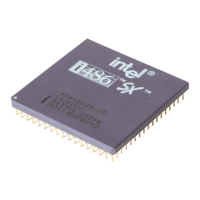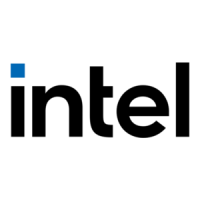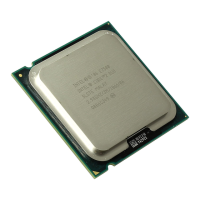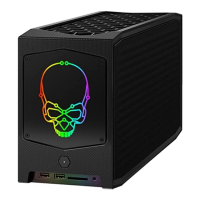
Do you have a question about the Intel Embedded Intel486 and is the answer not in the manual?
| Brand | Intel |
|---|---|
| Model | Embedded Intel486 |
| Category | Computer Hardware |
| Language | English |
Details core features like 32-bit RISC core, pipelining, on-chip cache, and MMU.
Details the 8/16-Kbyte unified cache, its protocols, and line fills.
Explains how instructions are processed in stages for improved performance.
Covers cache operation, including hits, misses, line fills, and update policies.
Explains how data operands of various lengths are transferred over the bus.
Covers atomic memory access using the LOCK# pin for read-modify-write operations.
Describes bus operation changes for write-back mode.
Covers techniques like interleaving and write posting to reduce write latency.
Explains the advantages and performance benefits of using an L2 cache.
Introduces the PCI bus, its features, and its implementation in embedded systems.
Reviews how Intel486 processors achieve faster instruction execution and compares with earlier processors.
Analyzes the on-chip cache's organization, size, and impact on performance.
Details the function of write buffers in reducing latency and enhancing write performance.
Explains the advantages and performance benefits of using an L2 cache.
Analyzes the floating-point unit's performance, execution sequences, and on-chip interface.
Discusses power dissipation, capacitive loading, and power/ground planes.
Covers management of transmission lines, impedance control, and EMI.
Covers prevention of latch-up by observing voltage limits and using proper layout.
Discusses requirements for clock signals, skew, and loading effects.
Explains thermal specifications, junction temperature calculation, and heatsink usage.
Outlines steps for building and debugging the system incrementally.












